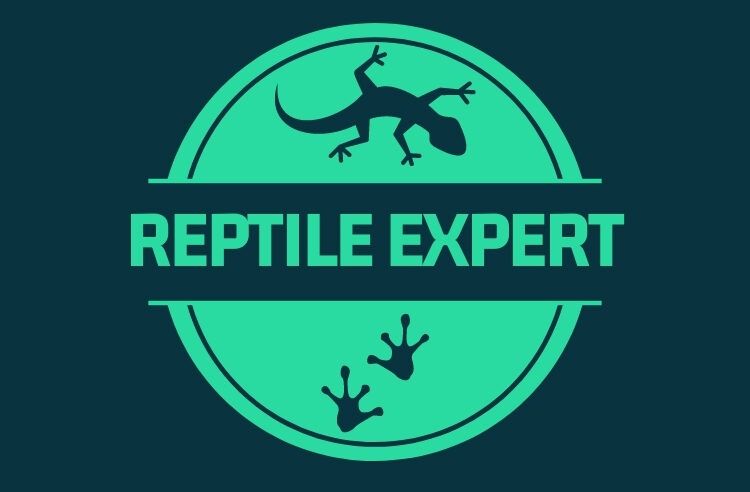The growing success of captive breeding, particularly amongst a dedicated group of sand boa enthusiasts, means that these fascinating and unusual snakes are now becoming much more frequently seen on dealers lists and even in specialist pet shops than ever before.
There are many things that they are not; they’re not particularly active, they don’t grow especially big and although some of their kind are attractively marked, they aren’t very showy snakes. Having said that, however, if you want to keep a constrictor, there are few kinds that are a more convenient size to house, they are fairly undemanding in terms of their care and there’s no denying that, even for the growing numbers in captivity, they are still just that little bit unusual.
Sand Boas
There are nine species of sand boa, different examples being found burrowing beneath the arid soils of south-eastern Europe, the Middle-East, south-western Asia and parts of Africa. Arguably the Kenyan Sand Boa (Eryx colubrinus – also sometimes known as Gongylophis colubrinus) is the most commonly kept, though other candidates include the Indian Sand Boa (E. johnii), the Rough-scaled Sand Boa (E. conicus) and sometimes even the Javelin Sand Boa (E. jaculus) which is a European species found in Romania and the Balkans.
Origins and patterning aside, as a group, sand boas can be described as robust, heavy-bodied but relatively short snakes, seldom more than 2ft (60cm) in length and the care for all of these very similar animals is pretty much the same. Aside of providing them with a suitable diet, success with sand boas largely comes down to a question of the right temperature and catering to their need for security.
Housing
Their modest size is one of the big plus points about these constrictors, so the typically extensive homes demanded by most of the boa clan simply aren’t necessary, meaning that even a tank of 24 x 12 x 12 inches (60 x 30 x 30cm) can house one. Good ventilation is an important factor to bear in mind, since these animals naturally live in fairly dry conditions, so it’s important to keep the humidity low – though obviously a bowl of water is an essential feature in the tank.
Both all-glass and wood and glass style tanks will work for these animals, though many keepers have found that suitably sized plastic boxes make very good containers for their snakes, particularly if they keep their pets in a warm room and so don’t need to provide much additional heat within the tank itself. If you do decide to go down that route, it’s worth making sure that you only use food quality plastic to avoid any possible problems; look for the knife and fork symbol on the box before you buy it, and then add all the necessary holes. The other important consideration is to make sure that the lid is secure; they may be small, but like their giant relatives, sand boas are strong and any poorly fitting cover will soon be shoved aside and your snake will be off exploring the rest of the house.
Given their burrowing way of life, a deep substrate is important to allow them to behave naturally and make them feel secure in their home. There are several possible commercial products that are suitable, but many people find a mixture of good quality potting compost and washed sand gives the best results. Whatever you pick, bear in mind you’ll have to be cleaning your animal out every few weeks to remove buried faeces and the like, so choose something that’s easy to handle and within budget for when it needs to be replaced.
Heating and Lighting
As a burrowing animal, lighting isn’t much of an issue for the boa itself, but for your own reasons, you may like to consider adding a bulb to the set up. If you do, use a timer, so that your snake can emerge in the dark, should it want to.
Although some species vary a little in their needs, as a general rule a daytime background of around 25 degrees C (75F), with a warm ‘end’ offering 34 degrees C (93F) will be ideal, and both can drop by three or four degrees at night. An under-tank heating pad of suitable size is a commonly used way of achieving these conditions, but take care to ensure that there’s no danger of the snake getting too hot if it burrows right down to the bottom of the tank at the hottest end.
Feeding
The standard fare of thawed mice typically does very well for sand boas, though if you have experience of other species, you might be advised to pick food items that are just a little smaller than you might otherwise expect, as these snakes often prefer more manageable meals. For some keepers, feeding their pets has become one of the highlights of looking after sand boas; although obviously it varies between individuals, many boas will quickly learn to take mice from tongs, ‘exploding’ out from the substrate to seize them. It’s obviously not for the faint hearted – but it’s a pretty dramatic spectacle to see!
A small and unassuming example of what is an otherwise largely ‘giant’ group of snakes, sand boas have all of the charm and interest of their more massive cousins, but in a smaller and much more convenient package, so if the idea appeals, they’re well worth considering.
